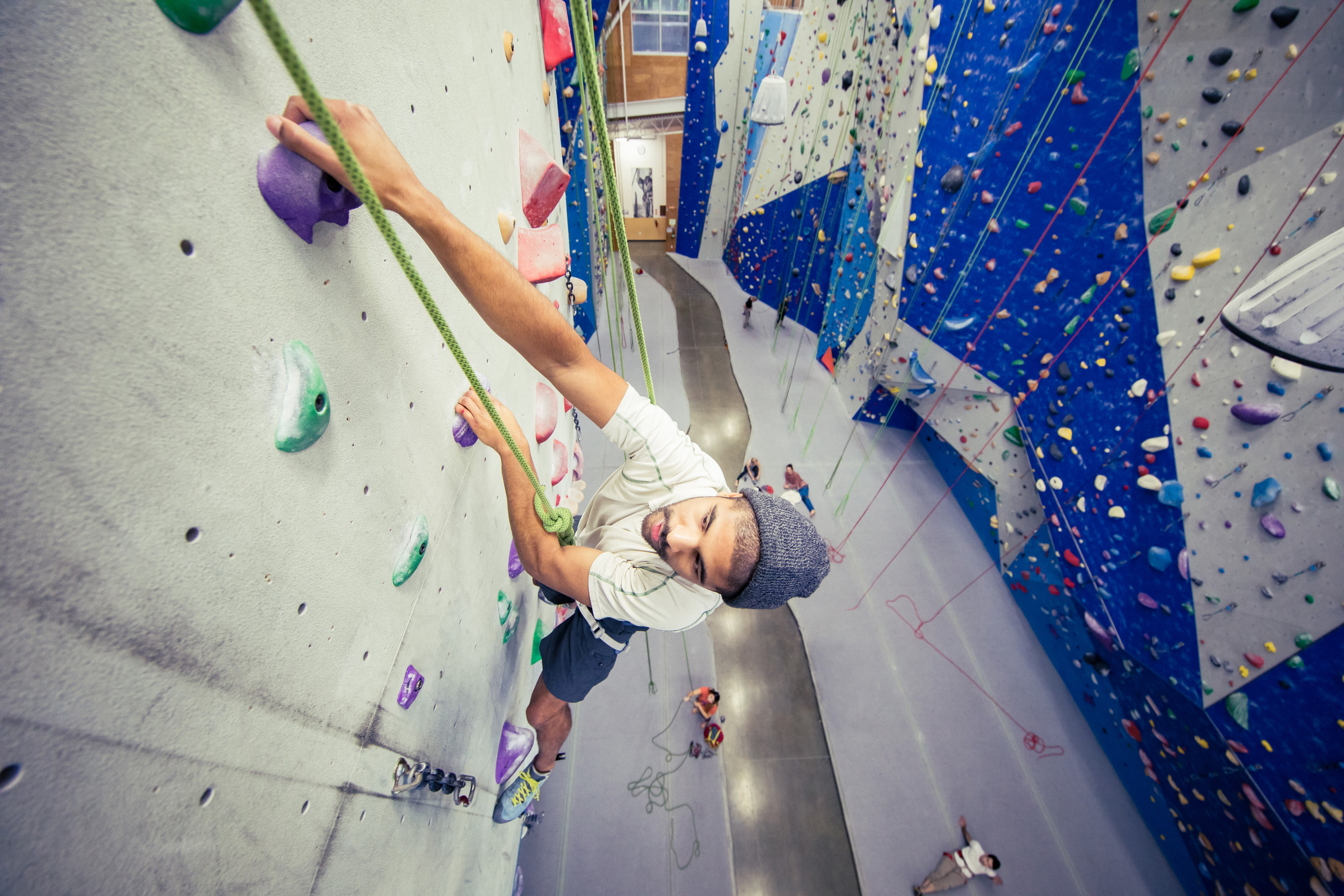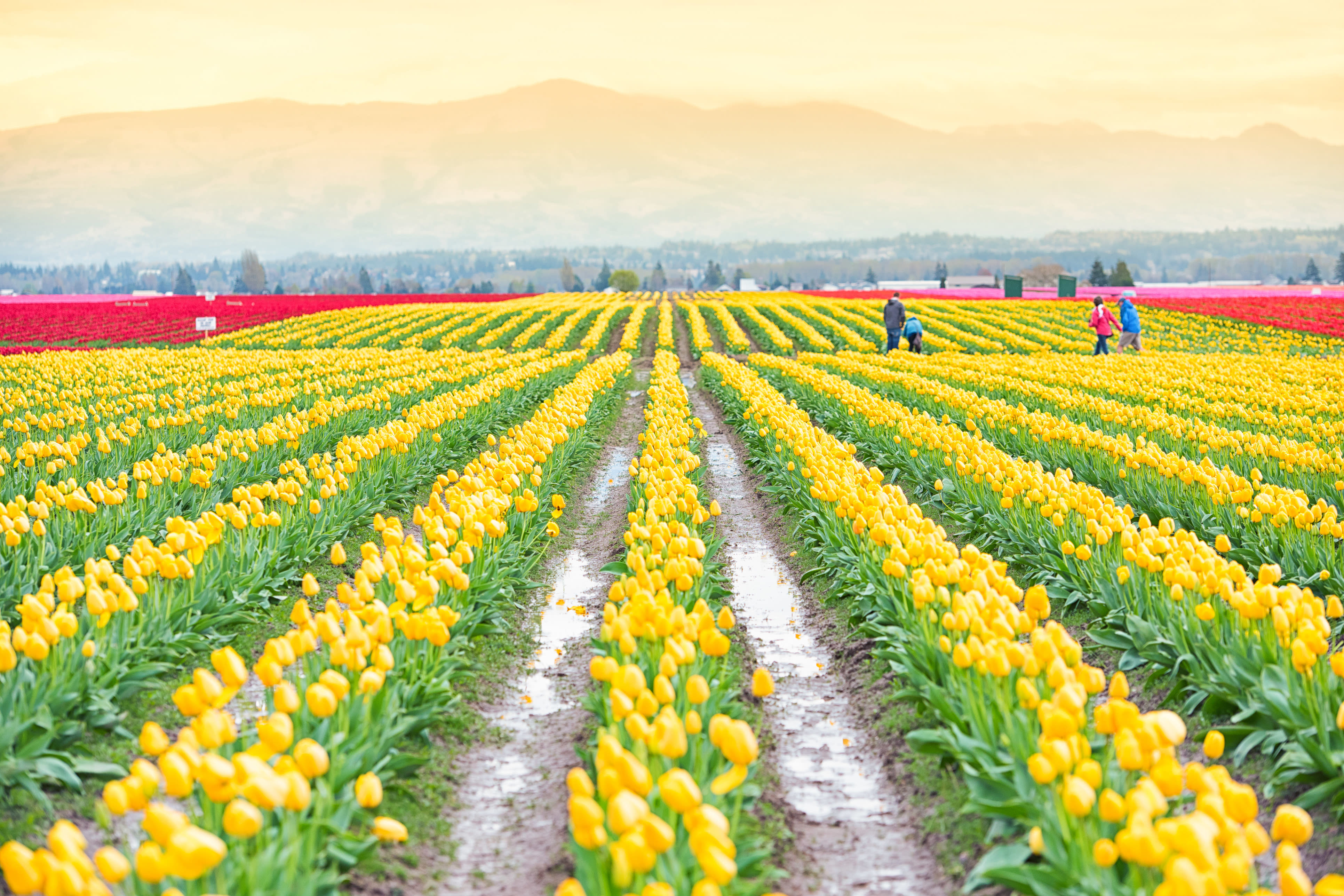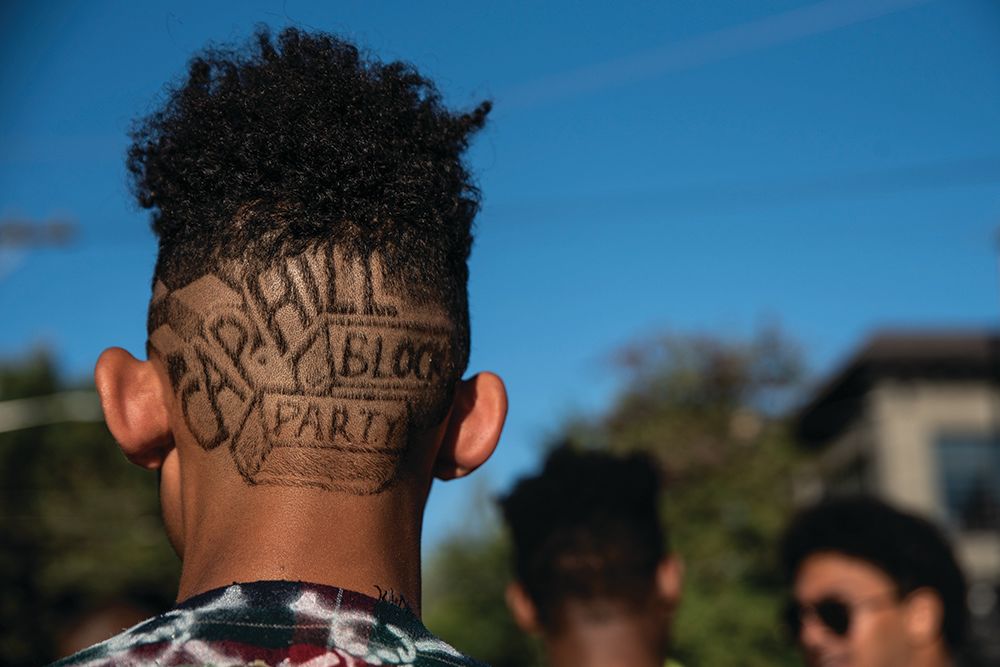Seattle Pickleball Guide
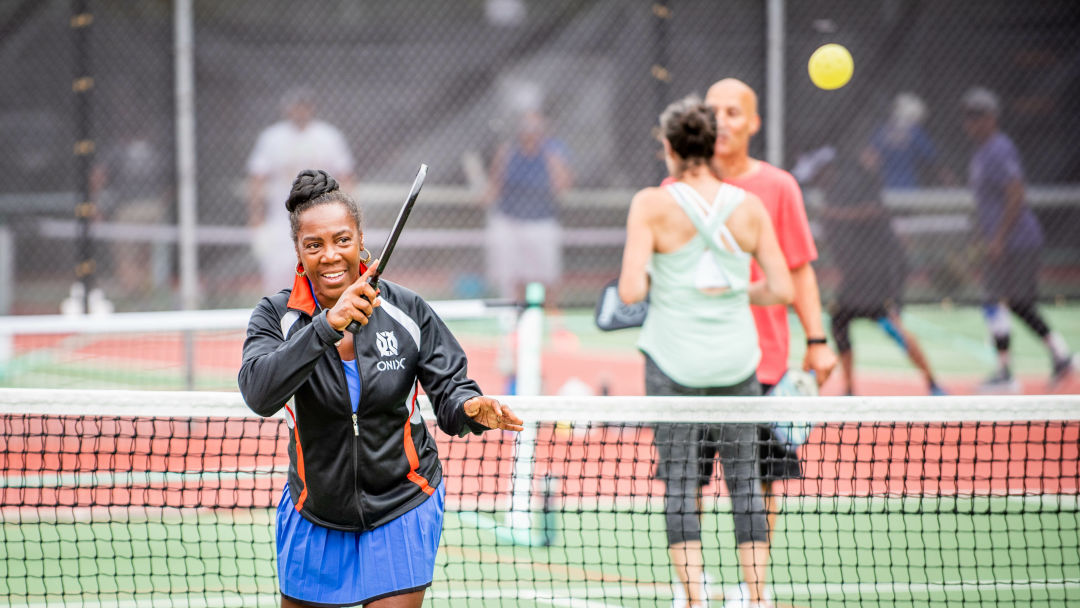
The 2019 Seattle Metro Pickleball Classic.
Image: courtesy miguel de campos
Pickleball was conceived on Bainbridge Island in the summer of 1965 by, of all people, a Republican congressman. Joel Pritchard, along with his friends Bill Bell and Barney McCallum, cobbled together the chimerical offspring of badminton, tennis, ping-pong, and squash to divert their children over summer vacation, back when a mere three months of entertaining one’s family seemed daunting.
Originally played with a badminton racquet and perforated wiffle ball, the fastest-growing sport in America is now played on a twenty-by-forty-four-foot badminton court, governed by rules that resemble those of tennis, with rigid paddles resembling their ping-pong counterparts.
The game, named for the Pritchards’ cocker spaniel, Pickles, has moved up in the world since its days in their backyard; it’s now played with its own ball, slightly weightier than the wiffle, and is a fixture of PE curriculums around the Pacific Northwest.
The sport spread through word of mouth among Seattle-area enthusiasts until the very first tournament took place in Tukwila in 1976. In 1984, the United States Amateur Pickleball Association was organized, and the first official rulebook was established. The USAPA, host to the annual National Championships in California, rebranded itself as USA Pickleball in 2020 to align more consistently with other U.S. sports’ governing bodies. It also suggests a desire to be taken seriously—which makes sense for the governing body of a sport named after a cocker spaniel.
But its origins as a balm for boredom remain intrinsic to the sport: Pickleball is particularly popular with older adults, and a paper published in the Journal of Positive Psychology in 2016 concluded that playing pickleball significantly contributed to the subjective well-being of the elderly. The sport experienced a surge of popularity during the pandemic thanks to its accessibility and, well, because what else was there to do?
Kirkland resident Natalie Pusch struggled to imbue the long summer days with structure following her mid-pandemic college graduation via Zoom. Then a friend, whose Seattle family are ardent pickleballers, introduced her to the sport, and she began playing in a bid to infuse motion into the slow-moving monotony of quarantine. “It felt like a more relaxed, more manageable version of tennis…. It sparked joy during a really challenging time.” Her friend, she notes with amusement, even has a pickleball court in their backyard.
Perhaps because of its relatively recent origins or because of its undignified moniker, pickleball seems to attract particularly fierce devotees. The Seattle Metro Pickleball Association (SMPA), which will put on its annual classic July 20–24, posted a five-part series on its blog (yes, five) entitled “Southeast Seattle Needs Outdoor Pickleball Courts Now: The Saga,” in which they refer to the southeast part of the city as “a pickleball desert.” Hyperbole aside, the Pickleball Association’s enthusiasm reflects growing adoration for a sport that anyone, even the most staunchly unathletic, can turn to in times of tedium.
Where to Play Pickleball in Seattle
Discovery Park
Located in the eastern part of Seattle’s largest city park, the Discovery Park pickleball courts take players away from the city and into a more peaceful space. Courts provide a place for beginners and families to play without the stresses of sharing courts with competitive types, and the park itself is home to hiking trails that eventually lead to Shilshole Bay Beach.
Green Lake
These outdoor pickleball courts offer a lively environment for players who enjoy being surrounded by other teams and who wouldn’t mind a post-game swim. Bonus: They’ve recently been renovated, including a full resurfacing and new lines for both pickleball and tennis.
Maple Leaf Reservoir Park
Across from Reservoir Tavern, two outdoor courts stand adjacent to the Maple Leaf water tower with a view of the Cascade Mountains in the distance. These two unfenced pickleball-only courts get occasionally busy, but players hang out together while waiting for a game. There’s also a shaded picnic area for a celebratory post-match meal.
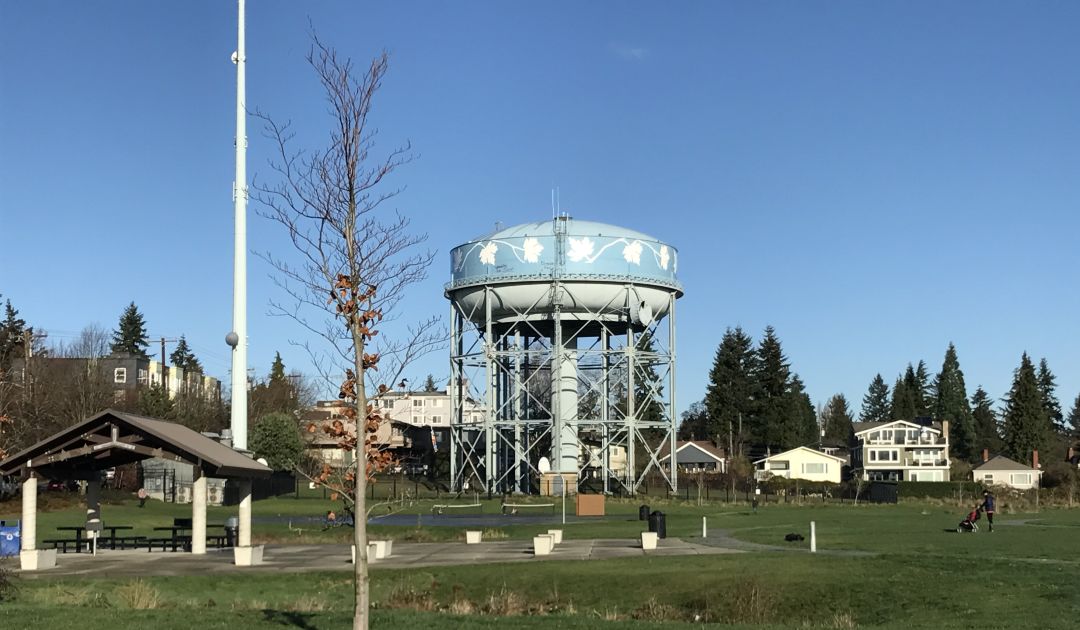
Maple Leaf Reservoir Park.
Miller Playfield
Jeff Parke organized the first group of pickleballers at Miller Park in 2015, when he and his team used to chalk the court lines. Since then Seattle Parks has painted permanent boundaries on the tennis courts. Surrounded by trees, Miller Park is one of the most popular playfields in Seattle, housing two pickleball courts, and is stocked with nets. Stadium lights allow players to extend their game beyond sunset.
Walt Hundley Playfield Courts
In West Seattle, this playfield has four pickleball courts painted on its freshly renovated tennis courts. The SMPA managed to raise enough money to have four semi-permanent pickleball nets placed there to accompany the refurbishment.
Jefferson Community Center
Nestled in Beacon Hill, the most popular indoor pickleball center is dedicated to inclusivity. People with little to no experience mix with more skilled players year-round. Note: Covid closed community centers in the Seattle area, which temporarily ended all indoor play in Seattle.
The Gear
Selections from Kent’s Pickleball Station, an offshoot of PickleballCentral.com.
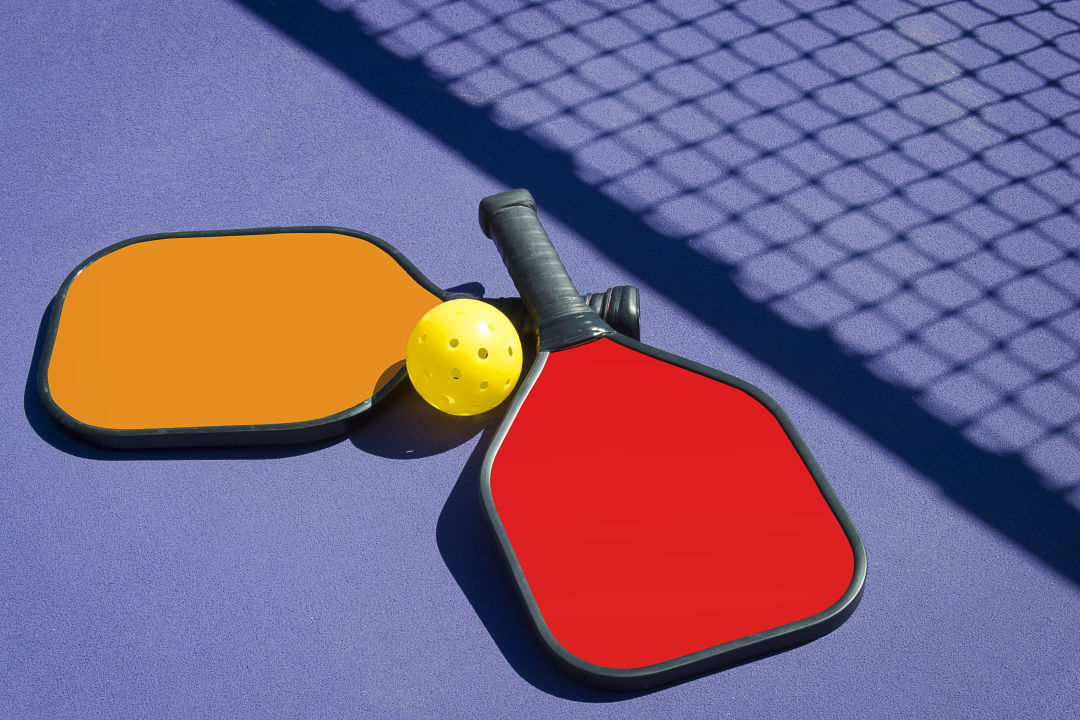
Image: Shutterstock by BHpix
Net
Regulation-size nets are 22 feet wide and between 34 and 36 inches tall and can be portable.
Champion Portable Pickleball Net System
$140
Paddle
Pickleball paddles come in wood, graphite, composite, and polymer core—but experts don’t recommend heavy wood for beginners trying to progress.
Champion PolyPro Pickleball Paddle
$60
Ball
Outdoor balls are usually a bit thicker with smaller holes, while indoor balls have bigger holes and are made of a lighter plastic.
ONIX Fuse G2 Outdoor Pickleball
3 for $10
